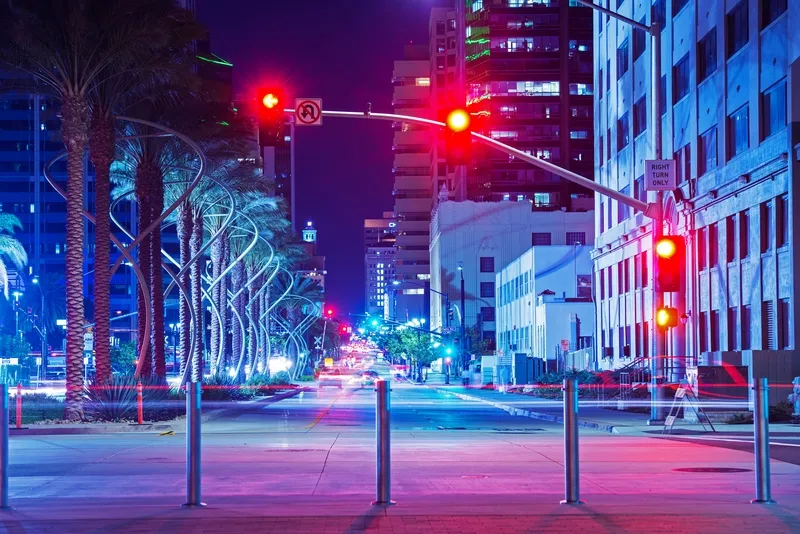
StreeLight Data has unveiled metrics that allow transportation engineers and planners to compile a turning movement count (TMC) for nearly every intersection across the US and Canada.
StreeLight says Covid-19 protocols have challenged traditional traffic count methods in the last year and a half.
The new TMC Metrics will significantly affect traffic impact analyses, corridor studies and signal optimisation, the company adds.
According to StreetLight, the results save endless hours of data collection and skip the sample-size challenges of manually collected 48-hour counts while keeping workers safe.
The metrics are delivered on-demand, in exportable tables and intersection diagrams without time-consuming post-processing.
StreeLight co-founder Laura Schewel says: “With our TMC Metrics, we’ve added another efficient tool to help planners and engineers understand today’s dynamic local traffic landscape. Teams can spend their valuable time improving congestion instead of manually compiling results.”
TMC features include an estimated volume counts with 15-minute granularity for any time of day or week, quick intersection selection with the new easy zone set-up and a new intersection diagram and TMC table featuring the peak hour factor.
The metrics can be used to measure peak am /pm hours for traffic impact analyses and capacity analyses, determine intersection traffic activity for safety planning and to get intersection traffic counts as an input for dynamic traffic assignment or microsimulation.










